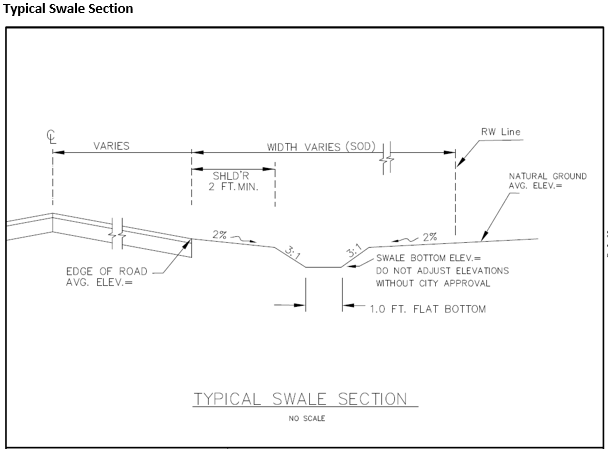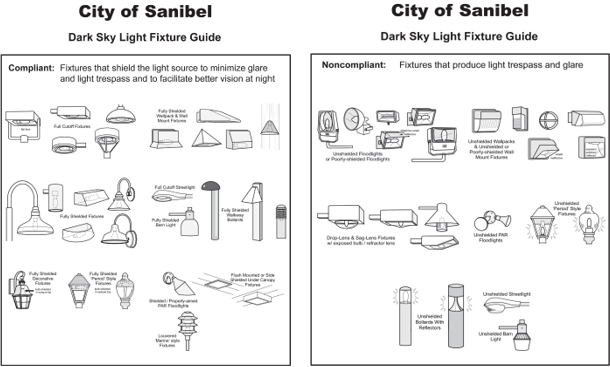City of Sanibel Guidance on Hurricane Home Restoration
The City of Sanibel knows the importance of upholding Sanibel's unique sanctuary island characteristics. They also realize that codes and restrictions can be complex for homeowners rebuilding post-Hurricane Ian.
So, the City's Natural Resources, Public Works, and Planning Departments have compiled information to assist residents with renovation, restoration, and redevelopment projects. The guidance below helps ensure properties remain compliant with the City’s Vision Statement, Sanibel Plan, and Land Development Code as we work to restore our Sanctuary Island.
Natural Resources Department
Vegetation Permits - Do I need a permit to remove or plant vegetation?
- Some activities that would typically require a vegetation permit have been exempted through Mayoral Proclamation and can be viewed by following this link.
- Activities such as mangrove trimming and removal, vegetation trimming and removal gulfward of the Coastal Construction Control Line, removal of live native vegetation (plants unaffected by the hurricane or those that can be restored or preserved), vegetation work on vacant lots, and other activities described in Sanibel Code Sections 122-141 through 122-150 (Vegetation Permits), that are not otherwise addressed in Mayoral Proclamations REQUIRE a permit.
Landscaping – Are there requirements for the type of plants I use?
- Generally, landscaping requires the use of 75% native vegetation within each category of native plants (trees, shrubs, and groundcovers), with the remainder being additional native plants or non-competing exotic plants. A good RULE OF THUMB: for every non-competing exotic plant installed, it should be offset with three native plants to prevent non-compliance. It is strongly recommended that a landscape or planting plan be submitted to the Natural Resources Department to review compliance with the land development code.
- Planting any invasive exotic vegetation on Sanibel is prohibited (Section 122-169) For a list of invasive exotic plants please visit the Florida Invasive Species Council website.
Why native plants?
- Native plants are adapted to the local climate, require little or no supplemental irrigation or fertilizer once established, and provide habitat and forage for native wildlife. Many native species tolerate salt spray and inundation, making Sanibel more resilient to severe weather and rising seas.
- Certain properties along arterial and collector roads (see definition for Street) must adhere to vegetation buffer standards and these properties should work to restore buffers to code standards in Article II – Landscaping.
What are the restrictions on sod & mulch?
- The use of sod (turf grass) is limited by the City’s environmental performance standards. Generally, sod is limited to 20 percent of the total land area of the parcel or 4,000 square feet per dwelling unit, whichever is less. Please note that only sod can be planted in the City’s right of way.
- Properties may temporarily use mulch to stabilize exposed soils until the property can conform to development and vegetation standards. Once a property is properly revegetated, mulch must be limited to appropriate quantities around plantings and in landscape beds. Other materials such as shell, rock, or gravel spread outside of designated driveways, foot paths, and/or landscape beds shall be considered developed area and may result in over development. Please check with us before you install shell, rock or gravel!
Replanting Guide
- Click here to view the SCCF Post-Hurricane Replanting Guide, a wonderful resource by SCCF to help replant your property. Please email or call the Natural Resources Department if you have any questions, [email protected] or (239) 472-3700.
Public Works Department
|
|
|
Planning Department
Did you know that Sanibel has outdoor lighting standards for fixtures and bulbs to protect native wildlife (Sea turtles!) and the small-town character of our island community?
|
|
|
Full Guidance
The City of Sanibel provides a full article titled: Guidance on Restoring Your Sanibel Home - Post-Hurricane Ian. Click below to read the full article.






